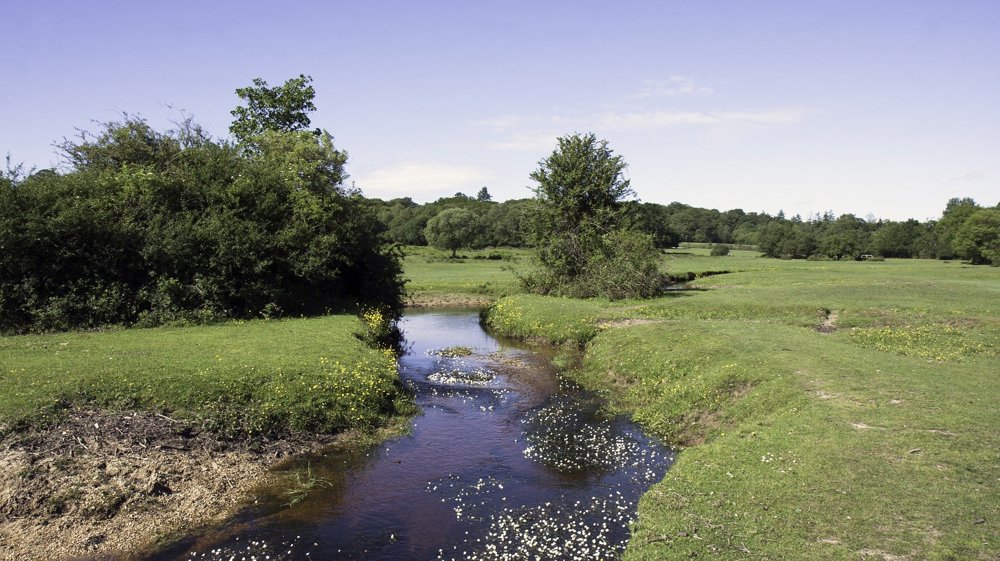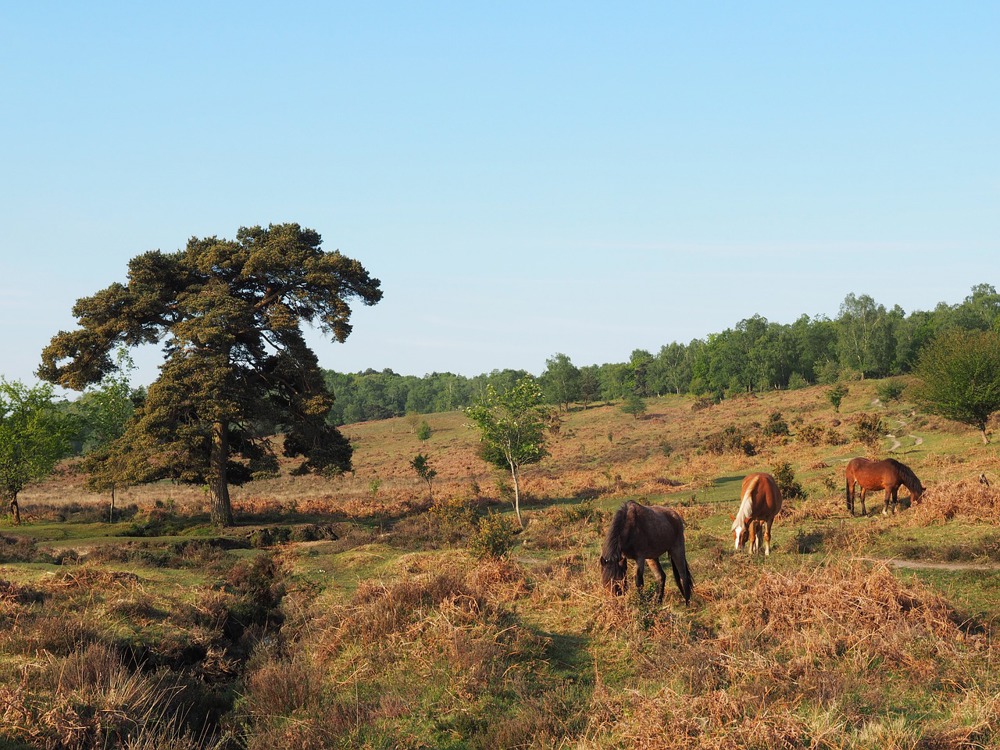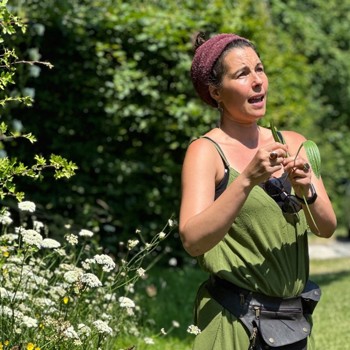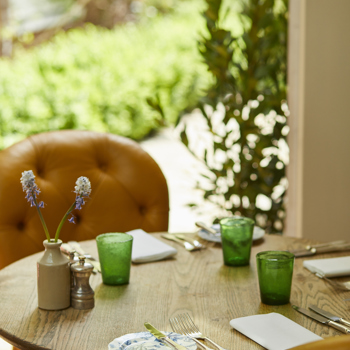Forest Bathing
“Going to the woods is going home, for I suppose we came from the woods originally”- John Muir (Father of the national parks in the US, Naturalist, environmental philosopher, botanist and zoologist 1838 to 1914)
There is something magical about being alone in a block of ancient woodland. You can almost feel the history, the wisdom, the power of nature and a connection with the trees and animals.
Nature therapy and Forest therapy have had an explosion into every day’s coffee table magazines in recent years. You’d think it was a new phenomenon. But it has ancient roots with druids and shaman of the Celtic tribes and Norsemen as well as indigenous people the world over.
We know forests and trees provide us with oxygen to breathe, food and medicines and in return, we should give our stewardship to the woods, plants and creatures around us.


So what are we talking about?
Well, it’s not a hike or wandering aimlessly in the woods.
Shinrin Yoku- meaning Forest bathing, is a Japanese system, dating back to the 1980’s with a depth of scientific research into the benefits of nature and trees. From the Phytoncides (natural oils the trees and plants produce) to the mental and physical health benefits of connecting and spending time in nature. Shinrin Yoku has been proven to lower heart rate and blood pressure, boosts the immune system, reduces stress, depression and sleeplessness and also increases concentration and alertness.
A Shinrin Yoku session is usually 2-4 hours, following a loose eight step path to “optimal flow”. Starting with “stating your intentions” and finishing with a relaxed tea ceremony.
Western Forest bathing- Differs slightly from the Japanese system but has the same intent and follows similar principles. The latest offering to people is an “Awe walk”. A walk and find something that awakens your attention, imagination and wonder of nature.
Forest bathing and Shinrin Yoku both use “Invitations”. This is an activity to encourage you to consciously engage with nature around you. They are designed to heighten your sensory awareness and increase your connection to nature.
Friluftsliv – This translates to “Open-air living” and is the Scandinavian art of connecting with nature, which is a little less formal and more inclusive for children. It allows you to connect with your inner child as well as nature. Friluftsliv has a similar idea to the “invitations” used in forest bathing but it’s more of a plan for the outing; build a sandcastle, a beach clean-up, watch the sun rise and even climb a tree (when was the last time you did that?).
With lockdown in full flow again, what better time to re-wild ourselves and connect with nature. To reconnect with a primal instinct to enjoy the forest, to take in its magic and wonder and look outwards to heal what’s inwards.
“If you don’t have time to sit for 10mins you should sit for an hour” this is a variation of an old Zen proverb, and it relates to something I’m going to ask you to try later on. To me it means make time now for yourself or you will have to take longer to fix later.
Another quote from John Muir “Thousands of tired, nerve-shaken, over-civilized people are beginning to find out that going to the mountains is going home. Wilderness is a necessity”.
Which leads me to believe that even back at the beginning of the 20th century, the need for connection with nature and the health benefits of forest therapy was being recognised.

Something to try…
I’d like to invite you to partake in how I connect with nature, myself and possibly something on a spiritual level.
It can be done whatever the weather as long as you dress for the conditions. Damp and light rain can increase the smells of the forest. Clean crisp frosty air helps sound carry. Warm sunny days bring out the plant oils and wildlife for you to enjoy. I would only hold off going out if the weather was very windy due to the risk of deadfall (falling trees and branches).
What you’ll need
Something to sit on, a drink (a flask of something warm), something to record your thoughts (note pad or record on your phone).
So what is it I’m going to share with you?
I’d like to share how to perform a “Sit spot”. This is a practice that will take you about 20minutes. It is something you can start with 5-10 minutes and build up as you get more confident and relaxed. It is quite simple, but at the same time sort of scary. What I mean by scary is, that to let everything go and open all your senses to the world it can be overwhelming. The Japanese have a word for this, “Yuugen”, meaning- “those feelings too deep to express in words”.
Steps to follow
Before we get set up to start, what we are going to do is look for a place to sit. When I say look, I mean be guided. Don’t decide “Under that tree looks like a good spot”. Use your senses and be guided to a suitable spot. Let the spot choose you, not the other way around. Now here’s the hard part! Turn off your phone (or a least put it in flight mode).
- Sit quietly. Get comfortable, either face the trees or lean against them and sit quietly. I find that quiet quiets the mind. Focuses your mind, slow your heart rate and you’re breathing. This can be hard, because as you start to relax all the things you think you should be doing rush in. This is normal, just try and say to yourself, “This is my time, those tasks can wait, it’s time for me now!” After around 5 minutes these thoughts will pass.
- Open your eyes, ears, nose, and mouth and feel the touch of your surroundings. Feel the breeze on your cheeks, notice how the trees move and the sounds around you. Smell the moss and leaf mould or the mushrooms nearby. Then focus your senses. Find the natural rhythms around you and your connection with it. This should take between 15-20mins. There are two quotes I find explain this best:
“The question is not what you look at but what you see” –Henry Thoreau,
“The forest calls each and every one of us, only a certain few hear the call!” – Unknown
- This is the scary/hard part….Follow what you notice? How does it make you feel? Where did you feel it? What did you think? Where did it take you? Remember all these things and make a mental note.
- After you have finished sitting quietly, sit a little longer and reflect on the practice and the questions from Step 3.
Remember your mental notes and write them down. No two practices are the same as this is why they are called practices because we are always learning in some way or something new.
- While sitting, have a drink and give thanks to the forest. I usually give the first sip of my drink to the forest (by pouring a small amount out) and give it a nod of thanks (like a little bow of thanks). Sometime I will say out loud a thank you, but that’s a personal thing.
All that’s left to do now is to go out and have a go...
It’s always good to find or have a few sit spots along a walking route. In case one of your spots has other people around, who will disturb the nature around you and your practice.
You may wish to practice a sit spot with a friend or family member. If that is the case, I would recommend that you find two sit spots close together but with enough foliage to give you both privacy for your own practice. Then come together at the end and discus your reflections without judgment and with an open mind whilst sharing a cup of tea.
If you find it difficult to cut away from your busy world you can add your own ritual. Maybe walk to your sit spot and listen to some music to relax and set your mood. Again this is an individual thing.
I personally find something magical in walking to a sit spot listening to music by Danheim (not everyone’s cup of tea), this really focuses me and awakens the ancient magic and connection with the trees.
Forest bathing is not a one-time experience or therapy and your practice deepens your understanding and connection. I will leave you with three quotes that I feel sums up forest bathing and the experience I have had.
“May your time in nature lead you to yourself…” –Shikoba
“Nature shows us how to live, love and grow alongside each other” – Angie Weiland-Crosby
“And into the forest, I go, to lose my mind and find my soul” – John Muir







